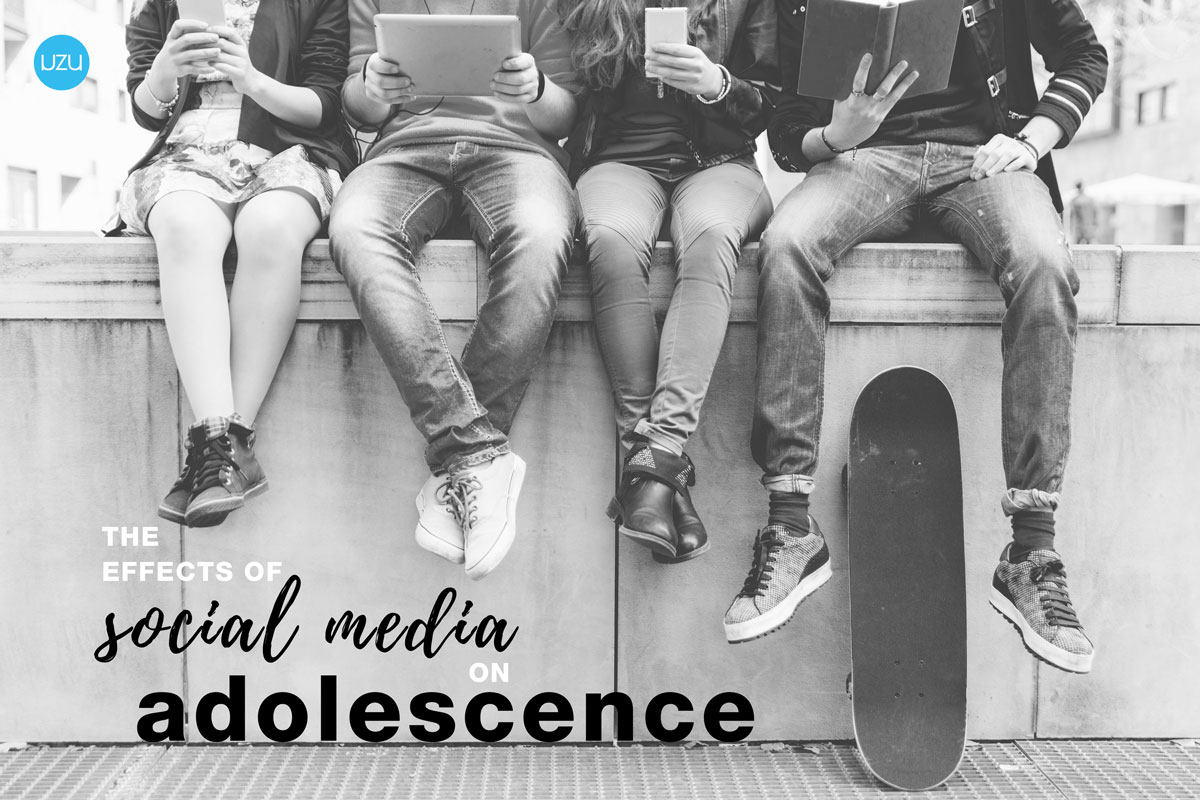Times are different; that’s obvious, but is it really for the better or for the worse? With the way technology has advanced, it’s safe to say that there has been a paradigm shift in the way we communicate with one another and how we interact with the world. Social Media is a major catalyst contributing to this transition, but how exactly is this affecting our youth?
Baby boomers and even a few millennials grew up without the usage or even the idea of anything like Facebook or Twitter, so should we be worried about how adolescent minds are developing in a world where these platforms are a norm?
Trust me, this is not some overbearing blog about how social media is rotting the brains of our teenagers. To be honest, Social Media is accelerating the speed in which kids are learning and connecting with one another. A lot of people assume that kids these days are detached from the world around them and lack interpersonal relationships skills, but we’re failing to see how communication itself has changed.
Indirect Communication
Some believe kids and young adults have an issue with holding direct (face-to-face) communication nowadays. This is partially true considering how much time they spend in front of a screen. One study, conducted by the Kaiser Family Foundation, found people ages 8 to 18 spent more time on media than on any other activity – at an average of 7.5 hours a day (Rideout, Foehr, & Roberts, 2010). With that in mind, we can see that overall conversation has just moved to a digital platform.
Let’s also consider that most young adults (97% of population under the age of 44 as of 2013) have a cell phone of some kind, most of which are now donning nifty front facing cameras. This technology has greatly inspired communicating with one another using some sort of media rather than face-to-face. The most notable application utilizing this feature is, of course, FaceTime for iOS. Now add in over 100 million users on Snapchat and sprinkle in a billion users on WhatsApp, and you have more people talking “face-to-face” than we might imagine.
Instant Networking
Another misconception is that social media has made kids even lazier. Ok, some kids are pretty damn lazy. However, it seems that aspiring youth are just becoming more creative in achieving their goals, realizing that benefit in working smarter instead of harder like the boomers had to.
The speed in which kids build networks is leaps and bounds ahead of what it used to be. We now have the ability to share our ideas to multiple people at once and it’s even easier to stay in touch with those that are most important to us.
Information that could only be found in a library or classroom is now attainable because of concepts like the almighty Google. Entrepreneurialism is at an all-time high as specific technologies are becoming more affordable and even easier to use. Some assume that hiding behind a screen takes away from one’s confidence, but Social Media seems to give people the self-esteem to share more and have more in-depth conversation.
Widen Your Worldview
Now, of course, it’s easier to say what you want when the only immediate threat is a verbal backlash. Still, it would appear that people are quicker to speak their mind or to give their opinion to an issue (whether someone wants it or not). Some fear cell phones isolate us from each other, but a study by Scott Campbell and Nojin Kwak found evidence that mobile phone use in public actually facilitated talking with co-present strangers, especially for those who frequently rely on cell phones to get and exchange information about news.
But what about for teenagers who mostly spend their time in school? Does technology separate them from their peers? Some teachers say the greater emphasis on subjects like reading and arithmetic rather than social sciences is causing more students to become detached from the world around them.
Truth is, Social Media offers a new insight into our world as people from all over can instantly share their pictures and ideas about anything. With 56% of teens between 13-17 using apps like Instagram, there is a greater opportunity to visually connect with someone else in a location that they may never have imagined before. Seeing photos from your best friend’s trip increases others’ desire to travel. And with the world’s top news companies utilizing social networking platforms, young adults seem to have a more realistic grasp of the what’s going on in the world.
We’re not completely naïve for we know there are a handful of negative effects of Social Media on Adolescence, but if we focus on the negative then we’ll miss how much the youth are advancing. The youth of today have a promising future as technology continues to take communication to another level. Kids are using more critical thinking and are more socially conscious then ever thanks to Social Media.
We all are a part of this shift, so get in touch and please share your ideas with us!







